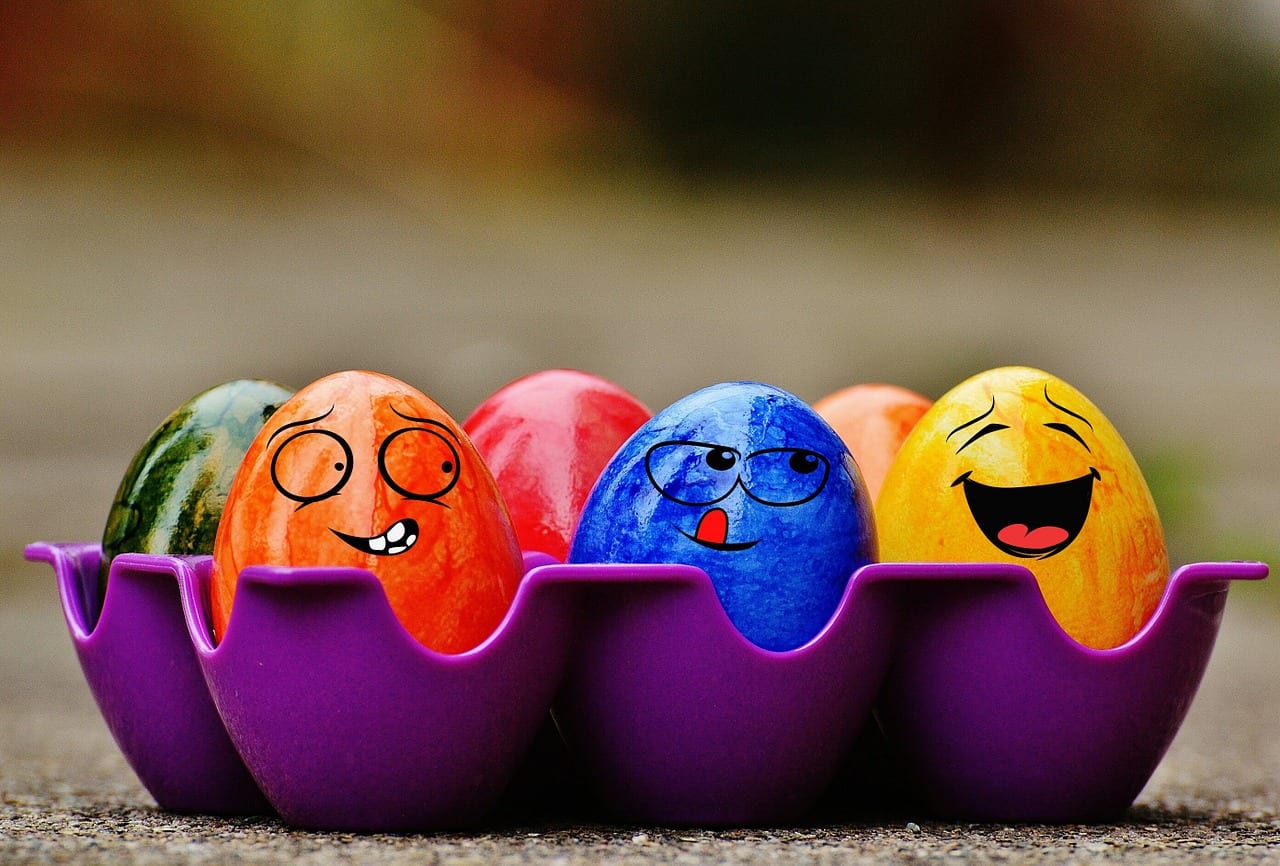Choosing the theme and colour for web design is
#1. Consider the Effect of Colour on Emotions
The effect of colours on emotions depends on geography and culture. As a website designer, you should consider the emotion you intend to pass to your viewers and choose colours accordingly. For consumers in the USA, the effect of colours on emotions are as follows:
- Yellow- Inspires a positive outlook on situations
- Red- Creates a sense of emergency. Can also arouse emotions of love and romance, depending on the context and delivery.
- Blue- Inspires calmness and trust
- Green- Brings a feeling of wealth and relaxation
- Orange- Used to create a feeling of urgency
- Pink- Used to create a feminine feel
- Black- Creates a sense of power
- Purple- Creates a feeling of relaxation and calmness
As an example, if your website markets perfumes or shoes for women and girls, you should consider adapting a pink theme. A site that sells watches, wallets and other expensive male accessories should carry a dark colour.
When choosing a colour for your website design, always ask yourself what emotions you intend to arouse in the people who read your posts or buy your products. Once that is done, you can go back to the chart and narrow down your choices.
#2. Understand your Demographic
In the examples listed above, the target audience is clear, and this is why it is easy to decide on the colours for the site. Generally, men will leave your site if it has too much pink or purple colour, and carries a female theme. If they are part of your target demographic, you either need to adjust the design or adjust the subject to be more specifically targeted at women.
A website meant for men and women in equal measure might have a blue theme since this is very widely preferred. Green, gray, and white are also considered gender neutral colours. Purple is highly associated with female issues and women’s products. This might also be why it is the most disliked colour by men.
Still on gender, brown is highly disliked by men and women equally. Apart from brown, women have also been noted to dislike the colour orange. In addition to the favorite colours for men and women, you should consider the least favorite colours so that you can try to avoid them as much as possible when designing your website.
#3. The Product or Service Being Offered
Whatever you are selling on your site can point you to your target demographic. For example, on a site that sells vegetarian and vegan products, the target demographic will best identify with a green theme. Other colours may make them nervous and suspicious.
Sometimes, the product simply defines the theme you should choose. Websites that specialize in the promotion of leather products might find a brown theme appropriate and suitable for their product.
#4. The Age of your Audience
People don’t just show a preference for colour because of their gender; age also plays a role in their choices. Your analysis of the target audience should include the age you intend to capture.
As an example, young men between 20 and 30 years old have a greater preference for Carolina blue, silver, and brown. Women in the same age range show a liking for gold, red, and purple. On the other hand, men between 30 and 40 years old are more likely to stick around a website with powder blue, oxford blue, or gray. Their female counterparts will prefer magenta, green, and purple.
In case your target audience is mostly made up of people from a particular age and gender, you should consider adjusting the theme colour accordingly.
Choosing Secondary Colours
The above tips should help you choose the main shade of your theme. Whichever colour you end up picking will be the dominant shade of your site. Still, you need accent colours and a background hue. These will make your site less monotonous and more interesting to look at. Accent colours are used to highlight buttons on your websites so that people can see them clearly.
Mixing hues is not usually an easy job. It is very easy to go wrong with the colour blends. One way of choosing accent shades is to consider the purpose of the button. If you need it to signal an emergency, you can make it red. “Buy now” buttons are usually coloured red for this reason.
For the background, you should consider contrast. If your dominant colour is bright, the background can be a little more relaxed and dull. This will allow viewers to clearly read through your site, and that will also make it more visually attractive.
You can choose to try out the shades to see what works. Unless you are colour blind, you should be able to tell if two tones clash. If you are unsure, you can always find some friends to critique several designs and decide to go with the design that has the best comments.
Secondary colours don’t always have to signify something. Web developers include them as compliments to the dominant colour.
Final Tip
If your site has a neutral subject and an unidentified target demographic, you can consider using neutral colours. Minimalistic websites are growing in popularity, mainly because they don’t bother much with detail. Colours in such sites are limited to calm black and white colours. Extra hues are used very sparingly. A web developer can consider developing such sites to reduce the effort on choosing colours.


